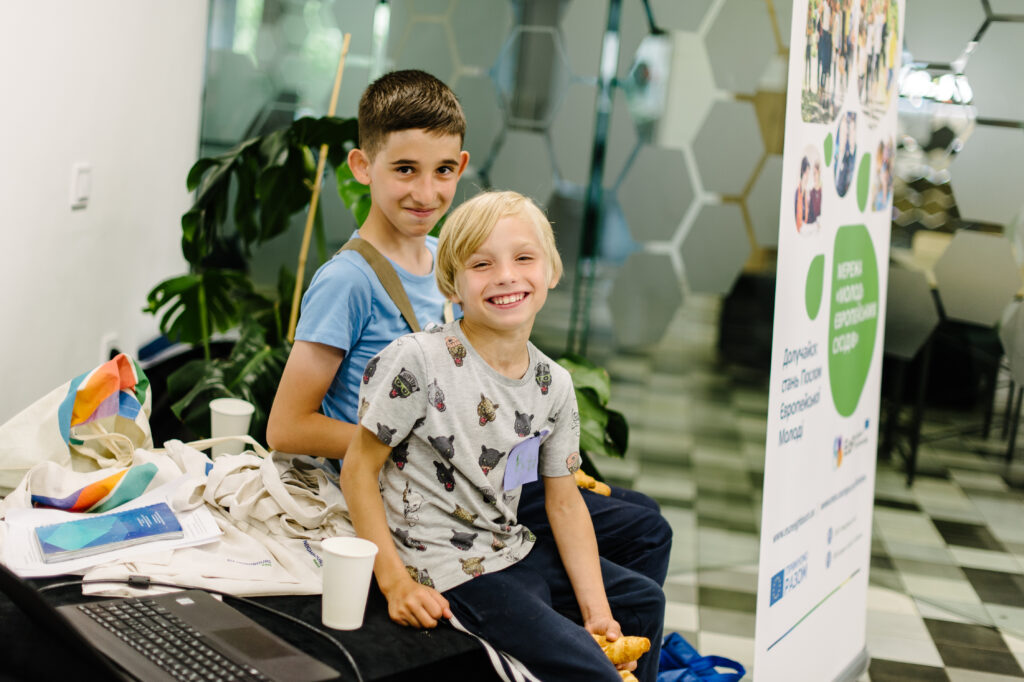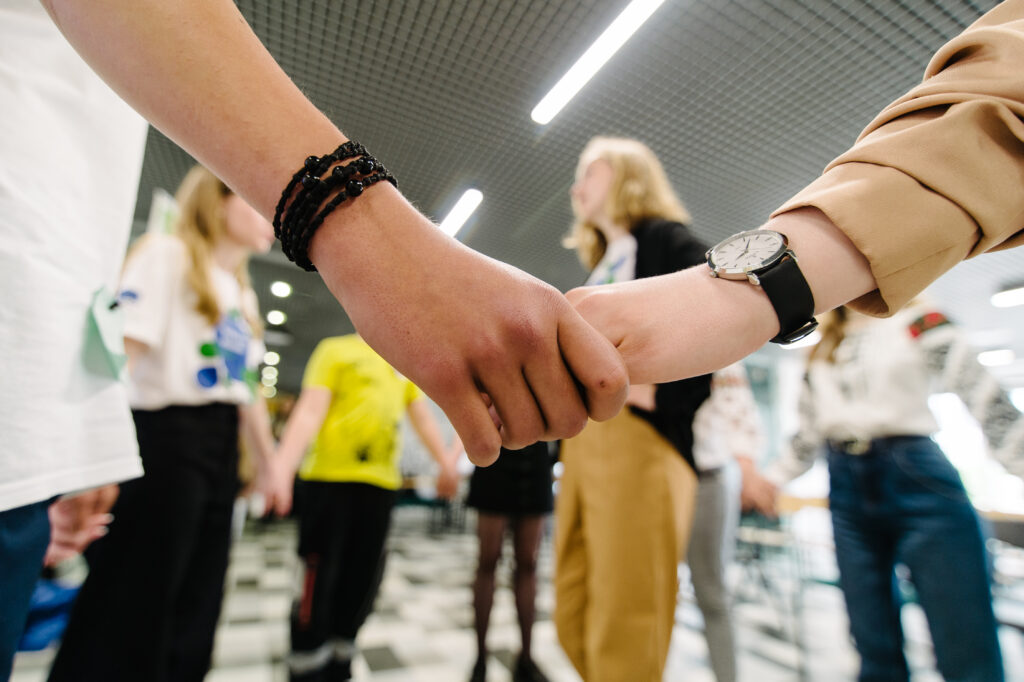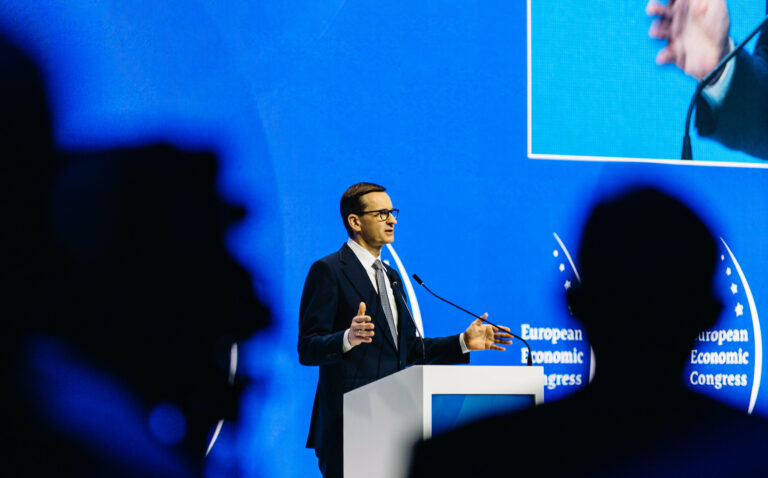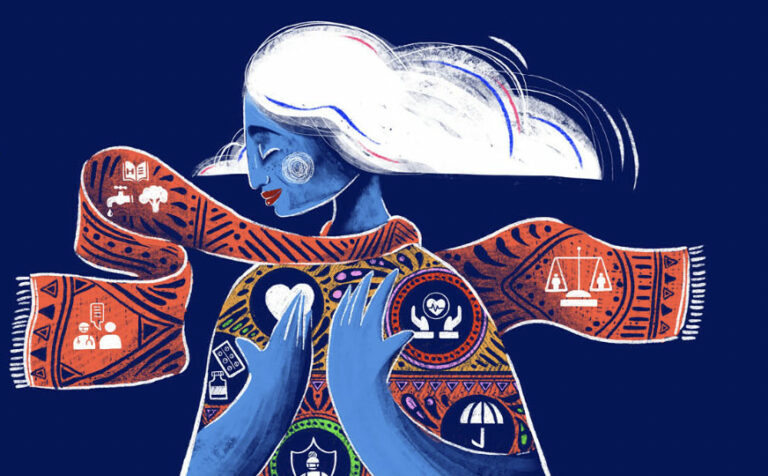
Blog: Let children be children – the EU’s strategy on the rights of the child
Every year on 10 December, Human Rights Day marks the day when the Universal Declaration of Human Rights (UDHR) was approved by the United Nations General Assembly in 1948. In the decades since, many conventions, pacts and legislative acts had been adopted in different parts of the world in order to define and protect human rights. In this article, however, I would like to concentrate on the rights of the child, looking at the European Union’s action to protect them, both within the union and in the EU’s external policy.
According to Article 1 of the Convention on the Rights of the Child, “a child means every human being below the age of eighteen years”. In numbers, this means 2,375,649,484 or 30.3% of the world’s population are children and 18.3% in the EU.
On the EU level, children’s rights are an essential part of human rights, which the EU and its member states are required not only to uphold, preserve, and respect, but also to enhance, according to Article 3.3 of the Treaty on European Union.
The protection of children’s rights by EU institutions and member states is also guaranteed under the EU’s Charter of Fundamental Rights. Children’s rights are especially addressed in Article 24 on the rights of the child, Article 32 on the ban of child labour, as well as Article 7 on the right to family life, Article 14 on the right to education, and Article 33 on family and professional life.
Apart from the acquis communautaire, the European Commission has proposed two important policy initiatives to better protect all children, assist them in exercising their rights, and put them at the centre of EU policymaking: the new comprehensive EU Strategy on the Rights of the Child, and the European Child Guarantee. The initiative was supported by the current President of the European Commission – Ursula von der Leyen – who sees this modern strategy as a way “to help ensure that every child in Europe at risk of poverty or social exclusion has access to the most basic of rights like healthcare and education”. Both initiatives have been influenced by in-depth discussions with stakeholders, citizens, and – most importantly – more than 10,000 children, who were surveyed both online and offline, expressing their opinions, needs and initiatives.
The main aim of the Strategy is to ensure that:
- every child has the same rights and is free from all forms of prejudice and intimidation, both in Europe and around the world;
- no child-related policy should be created without consideration of their opinions and influence;
- children should have access to information that is delivered in a child-friendly manner (additionally, the child-friendly version of the strategy is also usable by readers who are blind and can access it with the aid of technology and assistive devices).

The strategy covers six main thematic areas, which help children to integrate into the decision-making of the EU and enhance their participation in its political and democratic life. Those are:
- Child participation in political and democratic life – course of actions to enhance child participation in democratic life, be heard and be present in decision-making;
- Socio-economic inclusion – policy towards providing children with sustainable healthcare, education and equal opportunities within society;
- Combating violence against children and child protection – mechanisms to ensure that every child is protected from violence and abuse;
- Child-friendly justice – the creation of tools within the judicial system of the EU and its member states for children to feel safe to participate fully in the proceedings and preserve their legal rights;
- Digital and information society – EU initiatives to make sure children can securely use the internet and make use of its opportunities equally;
- The global dimension – effective EU policy towards supporting, defending, and empowering children around the world by improving their access to basic services, health care, humanitarian aid, and education that is safe, inclusive, and of high quality as well as by protecting them from armed conflict.
To support and maintain this course of action, the European Child Guarantee was created aimed at preventing and combating social exclusion by ensuring that children in need have effective access to a number of essential services, including healthcare, adequate housing, free education and healthy nutrition. Currently, all member states have designated their Child Guarantee Coordinators and are creating national action plans that will last until 2030 in order to implement the recommendation.
Additionally, the EU network for children’s rights was created in March 2022 by the vice-president of the European Commission, Dubravka Šuica, with the goal of enhancing communication and mutual learning on children’s rights across the EU and supporting the implementation, oversight, and assessment of the strategy. The network consists of national delegates and incorporates children, NGOs, representatives of local and regional authorities, and other important stakeholders in some of its activities.
In order to adequately implement the scope of actions specified in the strategy, the EU uses a large package of funding mechanisms. These include the Citizens, Equality, Rights and Values programme – 2021-2027, with a budget of €641.7 million for grants to advance children’s rights and stop violence against vulnerable groups like women, children, and young people. For more than 60 years, the European Social Fund (ESF) has been a pillar of support for people all around the EU, investing in their social stability, and one of the key sectors the ESF is investing in for the period 2021-2027, with a total budget of over €99 billion, is children in need. Member states can use the ESF to support the creation of enhanced mainline programmes and initiatives to better serve children at risk of poverty or social exclusion. The European Regional Development Fund priorities for the period up to 2027, among others, include more social and equitable access to healthcare and education for children and young people.

Children are also the focus of the EU’s external action mechanism and have a special place in enhancing the EU’s democratic principles and values. The Communication from the Commission on the special place for children in EU external action was designed to create a thorough EU strategy for the defence and advancement of children’s rights in non-EU countries. It is supported by the Action Plan on Children’s Rights in External Action and the Staff Working Paper on Children in Emergency and Crisis Situations.
In 2017, the EU elaborated special Guidelines for the promotion and protection the rights of the child, which revise the EU’s strategy and strive to guarantee that all of the EU’s external policies and activities consider the rights of children by employing operational tools like:
- political and human rights dialogues that take children’s rights into account while negotiating and conversing with organisations and nations outside the EU;
- declarations and diplomatic representations made by one government to another over a specific subject to remind non-EU states of the need to take the necessary precautions to protect children;
- developing humanitarian relief and development aid programmes with a focus on children’s rights through bilateral and multinational cooperation;
- constant cooperation with international parties, including the UN, regional organisations, the European Forum on the Rights of the Child, and other stakeholders.
For the implementation of these guidelines, the Council Working Party on Human Rights (COHOM) was created together with geographic Council working groups and the Council Working Party on Development Cooperation (CODEV).
Unfortunately, one in ten children worldwide, according to UNICEF, live in places where there are active hostilities, endangering their chances of survival, growth, and basic needs. In June this year at the High-level Conference on The Global State of Human Rights, the UN’s Assistant Secretary-General for Human Rights, Ilze Brands Kehris, stated that over 450 million children worldwide, or one in six, were residing in a conflict zone. As a result of violence, conflict, and other crises, a record 36.5 million children have been uprooted from their homes, the largest number in 20 years.
Currently, 7.5 million children who live in Ukraine are immediately and increasingly at risk due to Russia’s full-scale war against Ukraine, which has led to the internal displacement of three million children and the exodus of two million more! As stated by UNICEF Executive Director Catherine Russell, “the war has caused one of the fastest large-scale displacements of children since World War II”. According to UNICEF’s last report dated 28 November 2022, a total of 419 children have been killed and 769 injured since 24 February. Those are just the officially confirmed cases, and the real numbers are likely to be much higher. Additionally, Maria Lvova-Belova, Russia’s Commissioner for children’s rights has illegally adopted a Ukrainian child kidnapped in Mariupol by the Russian army, according to her own statement. The Russian Commissioner also acknowledged helping roughly 350 additional children from the occupied Donbass regions to be illegally adopted in the Russian Federation.
Hospitals, orphanages, homes, and schools have all been targeted for attack. Millions of people lack access to safe water as a result of damage to civil infrastructure, including water and sanitation services. Unfortunately, the Russian invasion will keep having a detrimental impact on children’s well-being.
To protect children’s rights in armed conflict, the EU Guidelines on Children and Armed Conflict urge authorities and organisations all around the world to uphold the laws of humanitarianism and the principles of human rights that shield children from the harms of war. In this matter, the EU cooperates with the Special Representative of the UN Secretary-General for Children and Armed Conflict, and the UN Security Council Working Group on Children and Armed Conflict in order to maximise its efforts on the international level.

As a reaction to the Russian invasion of Ukraine on 24 February, and with the aim to provide prompt and efficient aid to people fleeing Ukraine, the EU for the first time activated the Temporary Protection Directive for Ukrainian refugees, which, among many other things, covers basic access to housing, medical and social care, banking services and education. A separate statement from the Commission on Unaccompanied and Separated Children fleeing from war in Ukraine provides information about assistance for families and unaccompanied children fleeing the war.
In conclusion, the protection of children within the home, assuring the provision of basic care and support, access to food, health care, and education, prohibiting torture, abuse or neglect, and ensuring humanitarian access to children worldwide and, especially those who are caught up in armed conflict must now take precedence. Only with unified and joint efforts can society protect those who are the most fragile, vulnerable and exposed.
If we wish to create a lasting peace, we must begin with the children.
Mahatma Gandhi
LATEST

How you can help the planet every day

Building Europe: Poland’s experience of joining the European Union and lessons for Ukraine

World Health Day 2024: My Health, My Right

EUREKA MEETS EUROPE – opportunities to develop and study. My experience

Can you wear pink in the workplace?
More campaign pages:
Interested in the latest news and opportunities?
This website is managed by the EU-funded Regional Communication Programme for the Eastern Neighbourhood ('EU NEIGHBOURS east’), which complements and supports the communication of the Delegations of the European Union in the Eastern partner countries, and works under the guidance of the European Commission’s Directorate-General for Neighbourhood Policy and Enlargement Negotiations, and the European External Action Service. EU NEIGHBOURS east is implemented by a GOPA PACE-led consortium. It is part of the larger Neighbourhood Communication Programme (2020-2024) for the EU's Eastern and Southern Neighbourhood, which also includes 'EU NEIGHBOURS south’ project that runs the EU Neighbours portal.

The information on this site is subject to a Disclaimer and Protection of personal data. © European Union,